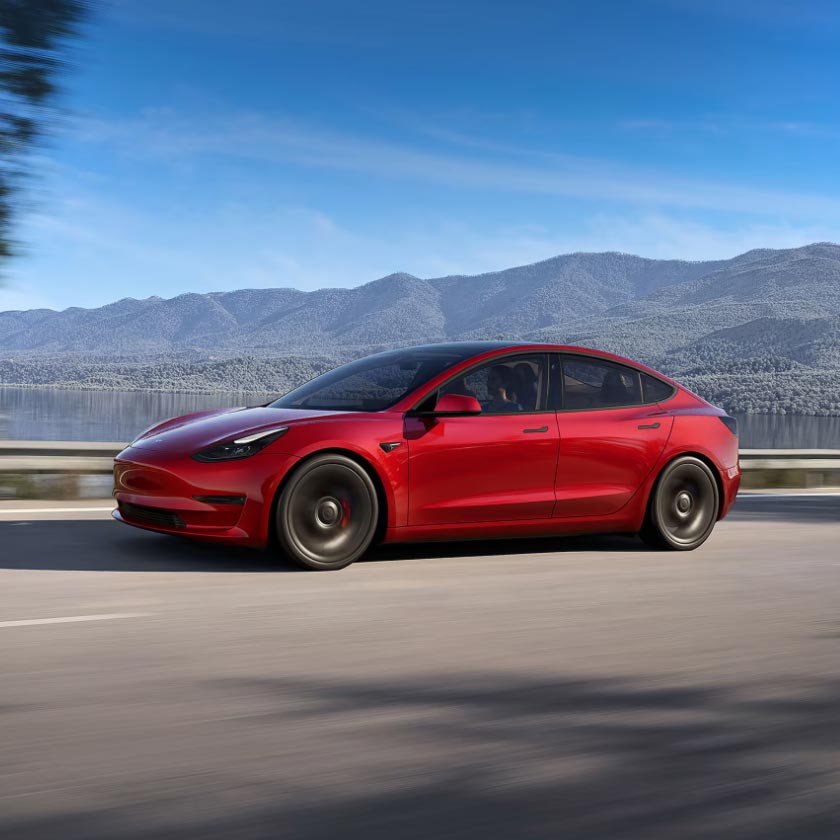On December 1st, the U.S. Federal Communications Commission (FCC) gave SpaceX authorization to launch up to 7,500 second-generation (Gen2) Starlink satellites to Low Earth Orbit (LEO). These satellites are part of the Starlink Gen2 system designed to increase the broadband constellation’s capabilities and provide robust coverage with enhanced features, including: an inter-satellite laser-link communications system, and antennas capable of beaming data directly to smartphones. The latter is a collaborative effort between SpaceX and T-Mobile to provide satellite-to-cellular voice and SMS services in 2023.
Today, December 28, SpaceX launched the first batch of Gen2 Starlink satellites – completing a record-breaking 2022 launch manifest with 60 missions. A flight-proven Falcon 9 rocket lifted off at 4:34 a.m. ET from Space Launch Complex-40 at the Cape Canaveral Space Force Station in Florida, carrying 54 Starlink Gen2 satellites to LEO. “This launch marked the first of Starlink’s upgraded network. Under our new license, we are now able to deploy satellites to new orbits that will add even more capacity to the network. Ultimately, this enables us to add more customers and provide faster service – particularly in areas that are currently over-subscribed,” said SpaceX.
Liftoff! pic.twitter.com/1U2u912GNq
— SpaceX (@SpaceX) December 28, 2022
This Starlink mission marked the 60th launch of 2022 which is the most annual launches to date. SpaceX completed 26 launches in 2020, 31 missions in 2021, and doubled that in 2022. "Congratulations SpaceX Falcon team on 60 successful launches this year!!" said SpaceX founder & CEO Elon Musk. The company is capable of performing frequent rocket flights because it can reuse Falcon 9’s first-stage boosters. During today’s launch, the rocket that deployed the Gen 2 satellites to orbit performed its 11th flight. The booster is identified as B1062-11, which previously launched: the U.S. Space Force’s GPS III Space Vehicle 04 and GPS III Space Vehicle 05 geopositioning satellites; the world’s first all-civilian mission to orbit the Earth called ‘Inspiration4;’ the Axiom Ax-1 astronaut launch to the International Space Station; the Nilesat 301 communications satellite; and now six Starlink missions. Soon after propelling the payload to orbit, the booster landed on the ‘A Shortfall of Gravitas’ autonomous droneship in the Atlantic Ocean. It was SpaceX’s 159th landing of an orbital-class rocket and the 133rd time it reused a rocket’s first-stage.
Falcon 9’s first stage has landed on the A Shortfall of Gravitas droneship pic.twitter.com/hjvWIY9cZ3
— SpaceX (@SpaceX) December 28, 2022
The fleet of 54 Starlink Gen2 satellites was released by Falcon 9’s upper-stage approximately 50-minutes after liftoff. These second-generation satellites will be arranged across nine orbital shells with different parameters in LEO. To date, SpaceX has launched a total of 3,666 internet-beaming Starlink satellites.
》 Author's note: Thanks for reading Tesmanian.com. If you have any story suggestions or feedback, feel free to Direct Message me on Twitter: Evelyn Janeidy Arevalo @JaneidyEve Or write your thoughts in the comment section below. Read my most recent stories here: Recent News Stories 《
Congratulations SpaceX Falcon team on 60 successful launches this year!! https://t.co/2MwHQuS8Ta
— Elon Musk (@elonmusk) December 28, 2022

All Featured Images Source: SpaceX
...








